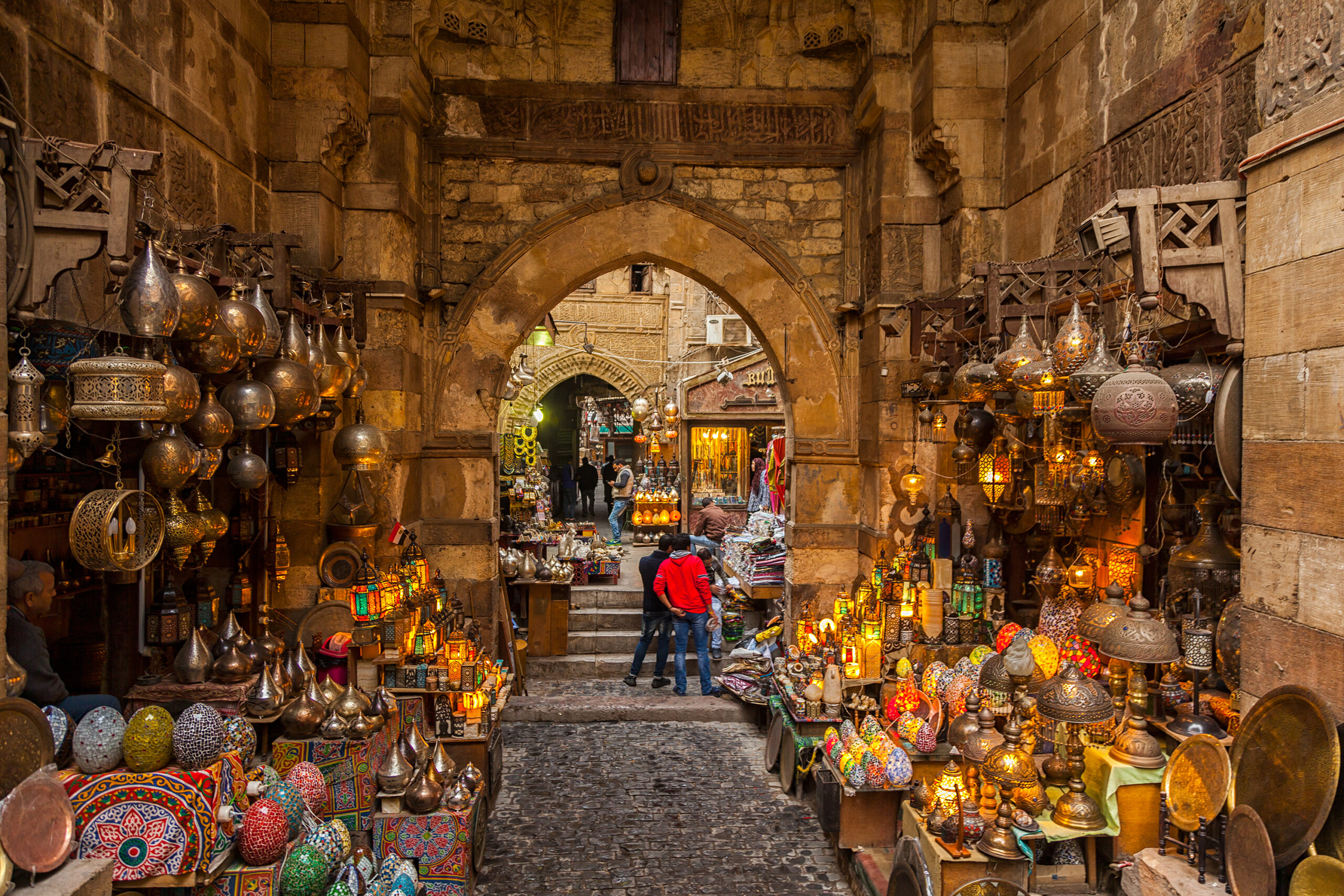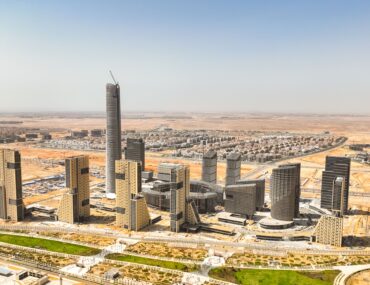Old Cairo, also known as Historic Cairo which is a UNESCO World Heritage Site, is one of the oldest Islamic cities in the world. It was the new center of the Islamic world for centuries, reaching its golden age in the 14th century. With its long history and diversity, Old Cairo is defined by the survival of its architecture throughout the years. Old Cairo includes a Roman fortress and Coptic Cairo. Let’s dive deep into the history of Old Cairo.
Old Cairo’s History
Cairo and its surrounding areas have been a focal point since Ancient Egypt, with Memphis, the capital of the Old Kingdom, located very close to modern-day Cairo. When Memphis started losing its importance, the Romans established a fortress on the eastern bank of the Nile Delta called Babylon, known today as Old Cairo. After the war between the Byzantines and the Persians, the residents likely left the city given the chaos that emerged, but the city still remained at the heart of the Christian Orthodox community.
After the Muslims made their way to Egypt, Amr ibn El As established a new city just north of Babylon as the new capital and called it Al Fustat. After around 100 years of uninterrupted authority, Fustat was replaced by a closeby city called Al Askar by the Abbasid Caliphate. For over 100 years Al Askar was Egypt’s capital until Ahmed bin Tulun turned Egypt into an independent state and established another closeby city called Al Qata’i as the new capital, as a symbol of Egypt’s independence; the city was destroyed a few years later. Afterwich, the Fatimids moved Egypt’s capital to Al Qahirah, encompassing the 3 previous capitals of Al Fustat, Al Askar, and Al Qata’i. Al Fustat was later burned down in the 12th century.
Historical Sites in Old Cairo
Old Cairo is infamous for its historical places and its long history of coexistence of different cultures. With its long history of different rulers using it as Egypt’s capital, it has built a unique portfolio of historical sites.
Babylon Fortress
It is a fortress located on the eastern bank of the Nile Delta and built by a Roman emperor named Diocletian to protect the entrance of an ancient canal built by another Roman emperor named Trajan.
Coptic Museum
Founded by Marcus Simaika Pasha, the Coptic Museum contains the largest collection of Christian artifacts in the world. It displays a rich mixture of Egyptian, Greek, Roman, Byzantine, Axumite, and Ottoman artifacts, linking Egypt throughout its history.
The Hanging Church
Saint Virgin Mary’s Coptic Orthodox Church, also known as the Hanging Church, is one of Egypt’s oldest churches, dating back to the 3rd century. Named for its located just above a gatehouse of the Babylon fortress, the Hanging Church, with its nave suspended over a passage, is an iconic architectural masterpiece.
The Church of St. George
It is a Greek Orthodox church located in the Babylon fortress, and dates back to the 10th century. It was almost completely destroyed in a fire, but was later rebuilt. The Church of St. George is still an active church.
Amr ibn El As Mosque
It was the first mosque built in Egypt and was the most important religious center for 600 years in former Al Fustat until it was replaced by Al Azhar. The mosque was rebuilt several times throughout the years, but remains a prominent landmark in Old Cairo.
Modern-Day Old Cairo
Old Cairo is surrounded by architectural history, including Salah El Din Citadel and the National Museum of Egyptian Civilization. Nowadays, Al Muizz Street is one of the most famous, and oldest, streets in Old Cairo. It is a pedestrian only zone and is an open-air museum, with a market full of vendors displaying all kinds of items, we’re sure your trip will be bountiful.
Old Cairo is an unequivocally gorgeous place to visit in Egypt with its rich, diverse history, dating back to the 3rd century, before Cairo’s proper foundation in the 10th century. It’s home to both Christian and Islamic historical sites. Whether you’re a resident in Egypt or a tourist, explore Old Cairo to take a walk through history.



